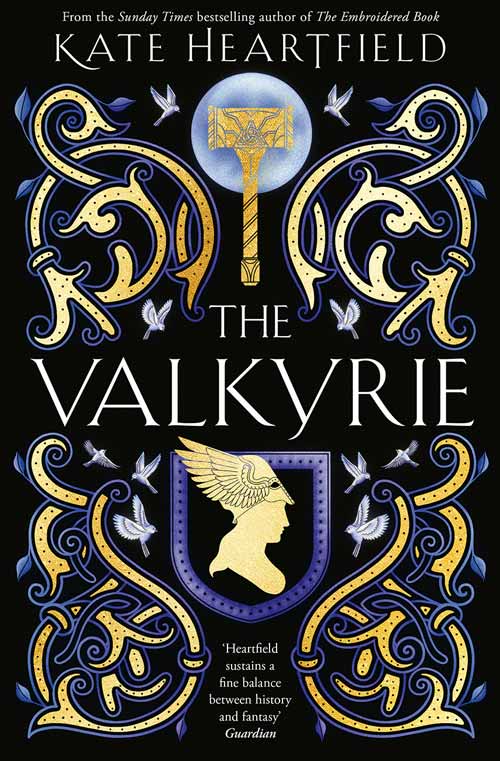The Traitor’s Son
Richard Plantagenet, later to be crowned as Richard III, grows up in Baynard’s Castle in London. After his father’s attempt to seize the throne from Henry VI fails, Richard and his brother George must flee from Henry VI’s queen, Marguerite, and are sent to safety in the Low Countries. He is driven by a desire to disprove the Red Queen’s slander that his father was a traitor.
When his brother Edward is crowned as Edward IV, everything changes—titles, palaces, ceremonies, servants, gifts. Yet new jealousies fester among the brothers York. Everyone is up in arms over Edward’s secret marriage to the Lancastrian widow Elizabeth Wydeville, yet Richard feels a surprising empathy. Edward’s court is ‘blighted by the stink of treason’.
Entrusted to his cousin Richard Neville, earl of Warwick, he forms a bond, but his loyalties are tested. Will he support his royal brother or his cousin, later to be nicknamed the Kingmaker?
This novel contains some beautiful time- and place-appropriate metaphors—his parting with Warwick ‘as final as the raising of a drawbridge’. He remembers his father’s last embrace, ‘a sweep of heavy wool, breathing scents of oily leather’.
Maligned by Shakespeare and by the Tudors, we tend to think of Richard III as a hunchbacked monster. Johnson’s Richard is honest, filial and eager to please as a child, struggles to keep his spinal condition secret as a youth, and is utterly loyal to his brother king. Indeed, Johnson was one of the leading lights in the movement to rehabilitate Richard, which culminated in finding his skeleton underneath a Leicester car park in 2012.
For all our familiarity with this history, Johnson puts personalities and emotions into the picture. The characters are sympathetic, especially Richard, and the mediaeval lifestyle is well painted.










